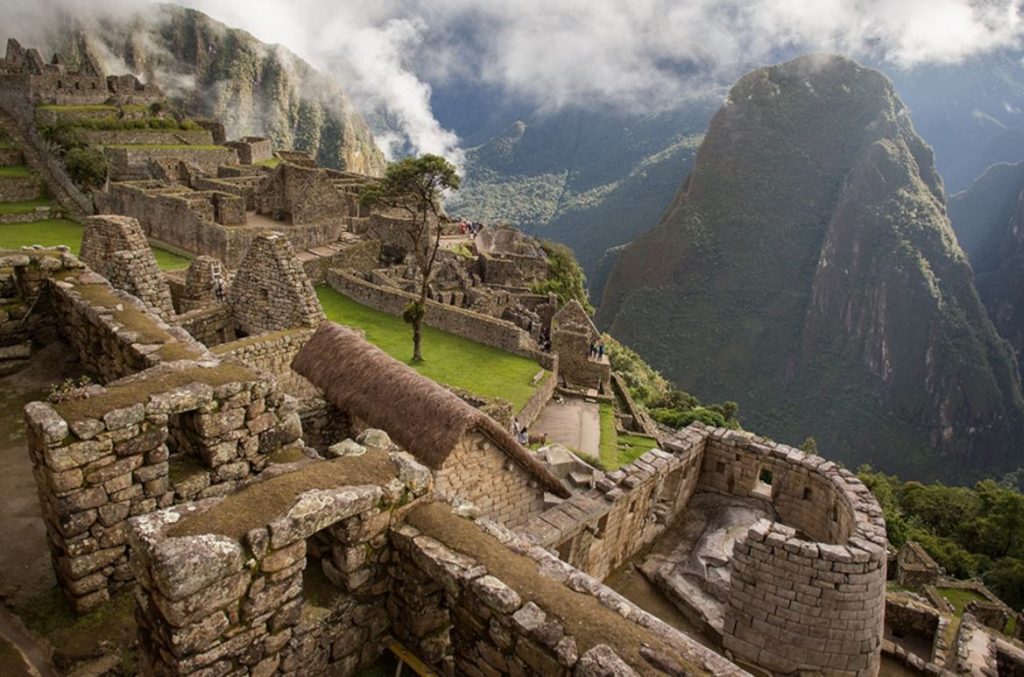Machu Picchu is an ancient Incan city located in the Andes Mountains of Peru. It was built in the 15th century and was abandoned less than 100 years later, at the time of the Spanish conquest. The city is believed to have been a royal estate or a religious site, but its exact purpose is still unknown. The construction of the city is remarkable for its advanced architectural techniques, such as the use of double jamb doors and trapezoidal windows, which allowed the buildings to withstand earthquakes. The city is also known for its sophisticated irrigation systems and terraced gardens, which allowed the residents to farm in the high altitude and rocky terrain.
Despite the fact that Machu Picchu was never discovered by the Spanish, it remained hidden for centuries and was rediscovered in 1911 by the American explorer Hiram Bingham. The city is now a UNESCO World Heritage Site and a popular tourist destination, attracting thousands of visitors each year. Machu Picchu is considered one of the most important examples of Inca architecture and engineering. The city’s structures were built with a combination of dry stone walls, without the use of mortar, and many of the buildings feature intricate carvings and sculptures.
The construction of Machu Picchu is a mystery, as the Incas left no written records about the city, and it is not mentioned in any Spanish accounts of the conquest. The Incas were skilled engineers and architects, but the construction of Machu Picchu is considered a marvel even by their standards. The city was built on a mountain ridge, 7,970 feet above sea level, in a location that is difficult to access and offers little flat land. The Incas used a unique terracing method to create level surfaces and they also developed an irrigation system that is still functioning today.
Machu Picchu was built without the use of wheels or iron tools, and the Incas used only stone and wooden tools to shape and transport the large stones that make up the city’s walls and buildings. The Incas also used a technique called “Ashlar” where the stones were carved to fit perfectly together without the use of mortar. The precision of the construction is evident in the perfectly fitting joints between the stones. The Incas also used a technique called “corbelling” to construct the roofs of the buildings by extending each successive layer of stones slightly beyond the one below, creating a triangular shape.
Despite the many theories that have been proposed, the true purpose of Machu Picchu remains a mystery. Some scholars believe that it was a royal estate or a religious site, while others argue that it was a military fortress or a center of agriculture and administration. Whatever its purpose, Machu Picchu is a testament to the skill and ingenuity of the Inca civilization, and it continues to fascinate visitors and scholars alike. The Incas were able to construct this architectural wonder in a remote and difficult location, and it is still standing today, more than five hundred years after it was abandoned.





Comment here